As we welcome the warm weather of spring and watch flowers blossom in our backyards, we also understand that for some, spring is just the beginning of an uncomfortable allergy season. It can be anguish for children, who watch the weather change, and feel the daylight hours extend, only to be held back due to allergies. But there are some simple steps your family can take to help alleviate your child’s springtime allergy symptoms.
- Be proactive about body protection.
Prevention is the best way to avoid allergy-triggering stimuli like pollen and dust. Give your children sunglasses to prevent watery, itchy eyes, and avoid wearing clothing made of synthetic fibers, like polyester, nylon and spandex. When returning indoors for the day, take a shower to wash off anything that may trigger a reaction and to prevent pollen from lingering on clothes or in hair.
- Administer allergy medication in advance.
Antihistamines will be your go-to for managing allergy symptoms. Some antihistamines are short-acting, and some are on a time release, lasting up to 24 hours. They are safe for kids when administered correctly, so pay close attention to the drug facts on the back. Non-sedating antihistamines can be used during the day without causing drowsiness. Also note that:
- It’s best to start allergy medication early before the allergy season starts. This will give the medication time to kick in, reducing your child’s discomfort.
- Nasal sprays and eye drops also are good options. If the allergy symptoms still persist, ask your pediatrician about seeing an allergist to undergo allergy testing and discuss other options, such as prescription medication or allergy shots.
- Shut the windows and close the doors.
It’s tempting to keep the doors and windows open in the springtime, but keeping doors and windows open will attract the outdoor triggers that can cause an allergic reaction. Close the doors once inside, and try to keep the windows shut to minimize indoor pollen.
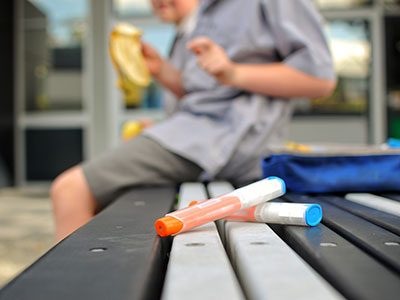 https://riseandshine.childrensnational.org/wp-content/uploads/2025/08/epi-pens-feature.jpg
300
400
Danielle Robbins
https://riseandshine.childrensnational.org/wp-content/uploads/2017/11/childrens_riseandshine_logo.jpg
Danielle Robbins2025-08-26 12:24:232025-08-26 16:12:43Back-to-school safety tips for kids with food allergies
https://riseandshine.childrensnational.org/wp-content/uploads/2025/08/epi-pens-feature.jpg
300
400
Danielle Robbins
https://riseandshine.childrensnational.org/wp-content/uploads/2017/11/childrens_riseandshine_logo.jpg
Danielle Robbins2025-08-26 12:24:232025-08-26 16:12:43Back-to-school safety tips for kids with food allergies


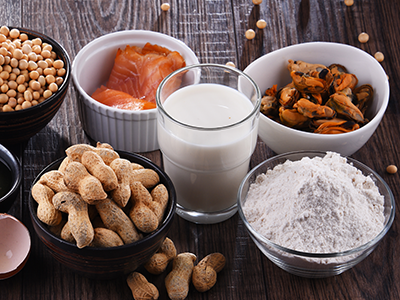

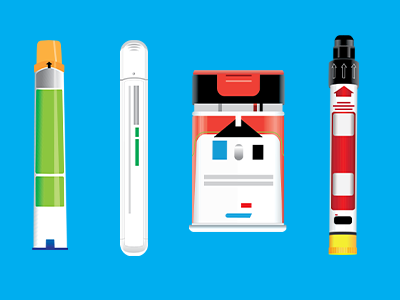
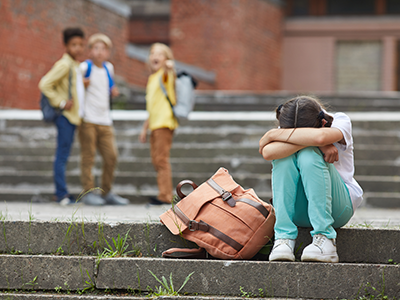
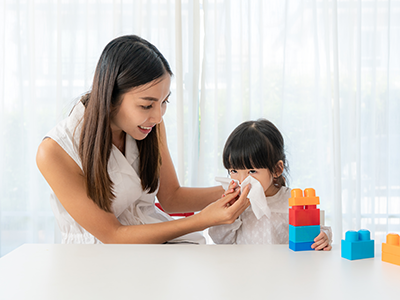
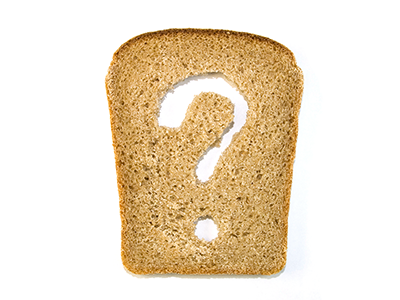

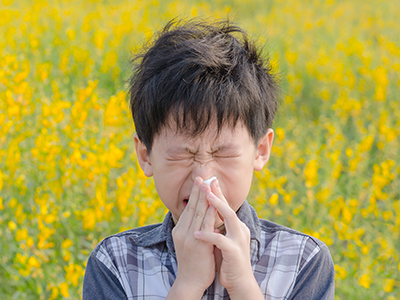
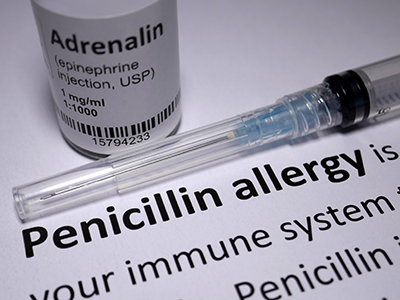
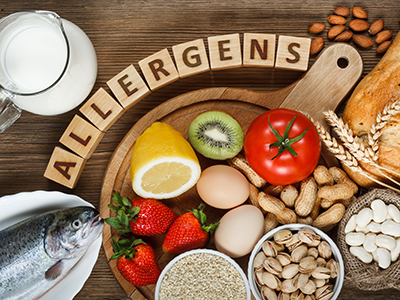
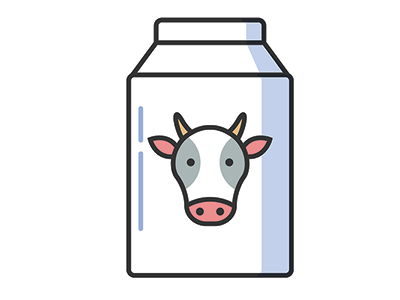
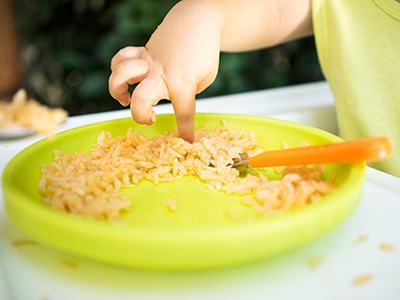
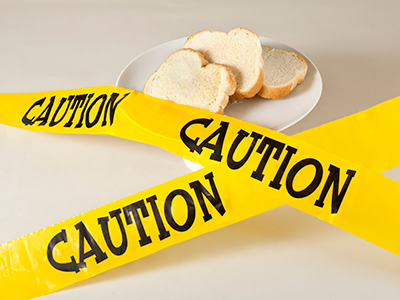
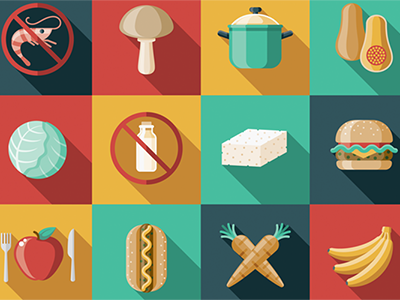
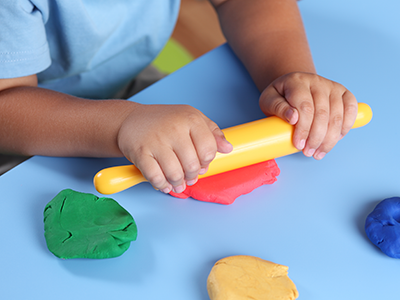
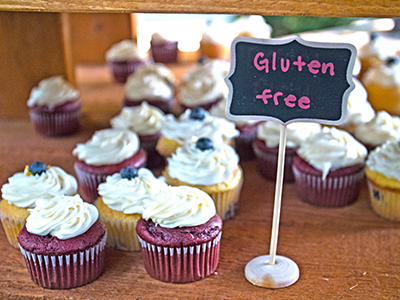
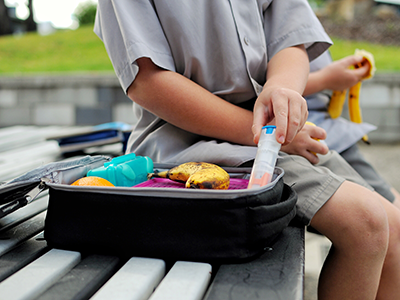
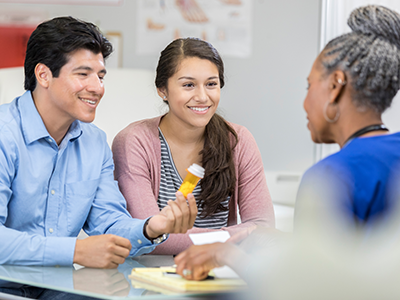
Mi hijo sufre mucho alergias respiratorias